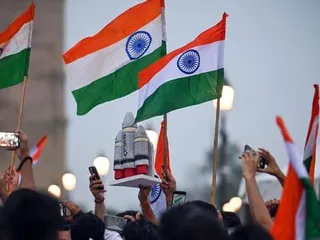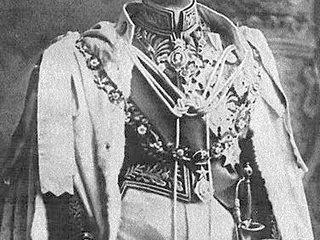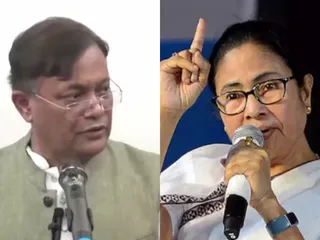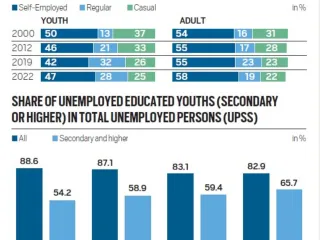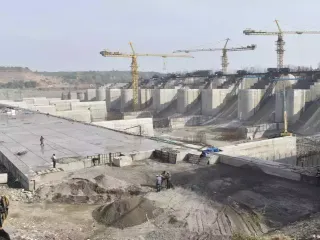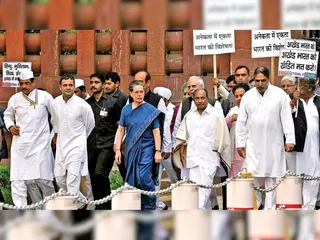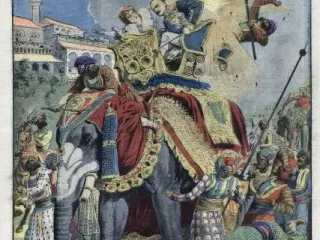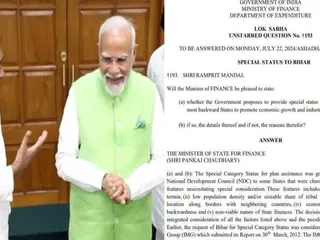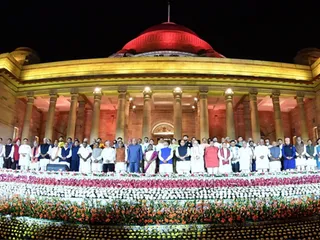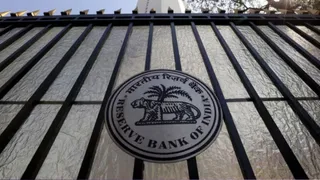President's Rule, also known as Article 356 of the Indian Constitution, is a provision that allows the President of India to impose direct rule by the central government over a state if the state government is deemed unable to function according to constitutional norms. This is considered an extraordinary measure, and its application has been a subject of much debate and controversy throughout India's history.
Constitutional Basis:
Article 356 empowers the President to take this action on the recommendation of the state's Governor, who reports to the President on the state of affairs within the state. The grounds for imposing President's Rule are often related to breakdown of constitutional machinery, failure of the state government to function according to constitutional provisions, or situations where the state's administration is unable to maintain law and order.
Process and Implications:
The process typically involves the Governor submitting a report to the President, followed by a consideration of the report by the central government. If deemed necessary, the President can issue a proclamation imposing President's Rule. This leads to the suspension of the state government, with the state administration being managed directly by the central government, often through a Governor or administrator.
The implications of President's Rule are significant. It leads to the suspension of the state legislature, the state government's powers are transferred to the central government, and the state's autonomy is significantly curtailed. While the central government aims to restore normalcy, the imposition itself can lead to political tensions and debates about its appropriate use and proportionality.
Historical Instances and Criticisms:
President's Rule has been imposed numerous times throughout Indian history, often under various political circumstances. Its application has faced criticism for being potentially used as a political tool, rather than strictly for constitutional reasons. Concerns include accusations of bias, the duration of imposition, and the lack of clear criteria for its use.
There have been extensive judicial reviews of President's Rule, with courts often emphasizing the importance of stringent adherence to constitutional processes and the need for proportionality in its application. The balance between maintaining national unity and safeguarding states' autonomy remains a complex issue.
Further Reading:
For deeper understanding, you can consult scholarly articles and legal texts on Article 356 and its interpretation. A detailed search on legal databases or academic journals will provide more in-depth insights. You may also consider researching specific historical instances of President's Rule in India to understand the complexities involved.








